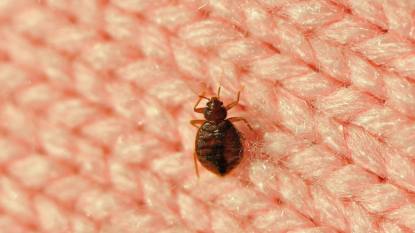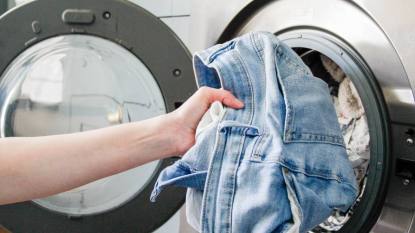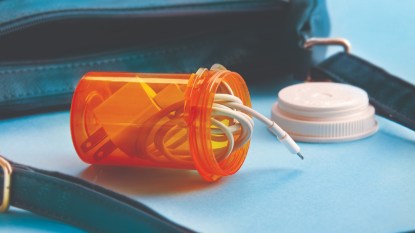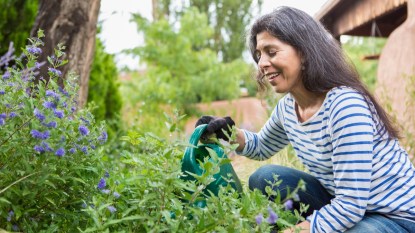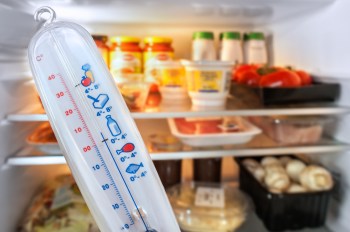How to Clean Gardening Tools So They Shine Like New
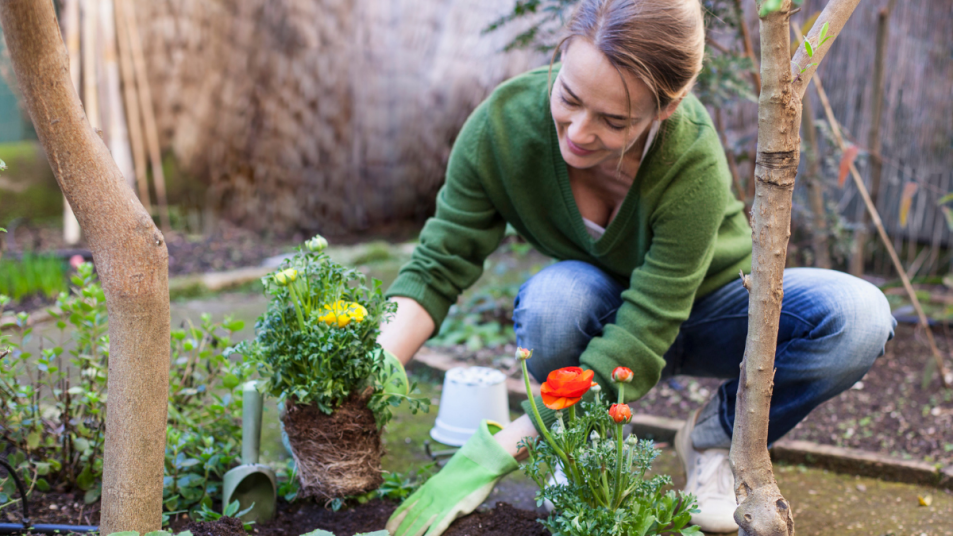
Gardening is a wonderful hobby to take up in the spring and summer! Not only can you nurture everything from gorgeous flowers to fresh produce, but it’s scientifically proven to be beneficial for your physical and mental health, too. Of course, that also means that it comes with a few other logistics to take care of, like making sure you regularly clean your gardening tools so that they’re in top shape. Whether you’re an experienced gardener or just getting a green thumb, here’s everything you need to know.
What’s the best way to clean gardening tools?
There may be some variation in how you clean certain tools, but there’s a basic routine you can use every time. First, give your tools a quick rinse using a high-powered hose to pressure-wash the soil and other residue away. You can then scrub down your sheers, rakes, pruners, and shovels with a bristled or wired brush to get off any additional stains, especially if you were working around clay, sap, or other tricky substances.
That’s a quick process for simple maintenance, but depending on how long you’ve had your tools for or what you were working on, you might need to go for a deeper clean. If you notice your tools might be rusting, an old trick is to add a few drops of vegetable oil to give you a slicker surface to scrub with your bristled brush. If you have sap remaining on your tools, you may need to use something stronger like turpentine or lighter fluid to get rid of it (Buy on Amazon, $12.99).
Next is an important sanitization step you should regularly take to make sure your tools are free of bacteria and other harmful compounds.
How do you disinfect and sanitize gardening tools?
There’s a difference between cleaning your tools and actually disinfecting and sanitizing them, so don’t skip over this one! Just because your tools look clean on the surface doesn’t mean they are on a microscopic level.
To disinfect and sanitize tools, mix two cups of chlorine bleach and one gallon of water into a bucket. Soak your tools for 10 minutes before rinsing them off and then dry them with an old cloth. You may want to rinse a second time to make sure you got off all of the bleach. And make sure to wear gloves when handling dangerous chemicals.
Can you disinfect tools with hydrogen peroxide?
Yes, hydrogen peroxide is another popular ingredient when disinfecting gardening tools (Buy on Amazon, $4.49). To use it, follow a similar process as you did with bleach: Mix two cups of it in one gallon of water, then let your tools soak for roughly 10 minutes before rinsing and drying thoroughly.
How often should you clean them?
Ideally you’d wash gardening tools after every use, but obviously many people don’t go through the full process of cleaning and sanitizing every time. At the very least, be sure to give everything a powerful rinse and go through the aforementioned steps to get rid of any rust or other debris. While this might seem like an annoying extra step, you’re actually extending the longevity of your tools when you take care of them consistently.
That said, if you’re not able to go through the full cleaning cycle every single time, washing and disinfecting your tools every week or so should do the trick, especially if it’s during a busy gardening season and you’re working on your plants every day.
What’s the best thing to soak rusty tools in?
When it comes to rusty tools, due to its acidity vinegar can actually be an effective solution for making them look shiny and good as new. Take your tools and soak them in a solution comprised of half-vinegar and half-water overnight. Using a steel brush, scrub your tools in a circular motion. Give them a quick rinse with soap and water to remove any excess rust as well as the vinegar, then give a final rinse in clean water. Leave them out on a towel to air dry.
What household items can you use to clean gardening tools?
As discussed above, vinegar is one of the most popular pantry staples to add into a gardening tool cleaning rotation because of its acidity. Gardening tool cleaning routines rely on stronger chemicals so heavily because of how difficult it can be to clean and disinfect dirt and other grime.
What oil do you use to clean gardening tools?
In addition to using vegetable oil when giving everything an initial clean, a few other oils may come in handy throughout your routine. If your gardening tools have wooden handles, you can maintain them over time and keep them from drying out by sanding them down every year or so and applying a layer of linseed oil to lock in moisture (Buy on Amazon, $15.89).
If you’re working with gardening sheers, pruners, or anything else with a movable component that could get rusty from use, a drop or two of machine oil where the hinges are located a few times a year can help. You should also rub down the tool’s nuts and bolts with machine oil once a year to keep everything limber.
Now that you’re all set on cleaning, hopefully you feel a little more confident when gardening. It’s a great hobby to start up any time of year, but especially when it’s warm and sunny out!


